Railroading History
The museum covers railroad history from the late 1800’s to present day. Various displays along the perimeter of the “layout room” contain different artifacts pertaining to different jobs of the railroad. These jobs include track maintenance, locomotive operation, also passenger and freight service. Each case shows artifacts from rail companies predominantly from the eastern United States. Each railway company had their own way of doing things to their standards; with the rail line outside of the museum formally New York Central, the museum tends to focus on the history of the Central Lines. One of the main showcases you will see in the museum is the case dedicated to the New York Central ‘999’ locomotive. In May 1893, it broke the world speed record as the fastest moving vehicle. It was clocked at going 112.5 mph between Batavia and Corfu. The actual working bell from the locomotive is displayed next to the case.
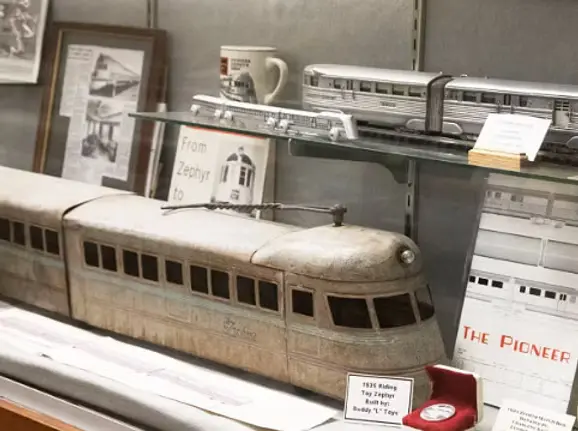

Firefighting
Our founder Martin “Marty” Phelps was a firefighter in Batavia for 25 years. During this time, he created a fire safety program to teach young children the dangers of fire, and electricity. His program saved many children’s lives and Marty also made a lot of friends with fellow fire stations. In the museum, we highlight different equipment used by firefighters over the years. From the basic ladder and hose carts to old style fire extinguishers and gas masks, through these we show how important fire safety and the people who give their lives to help others in the community.
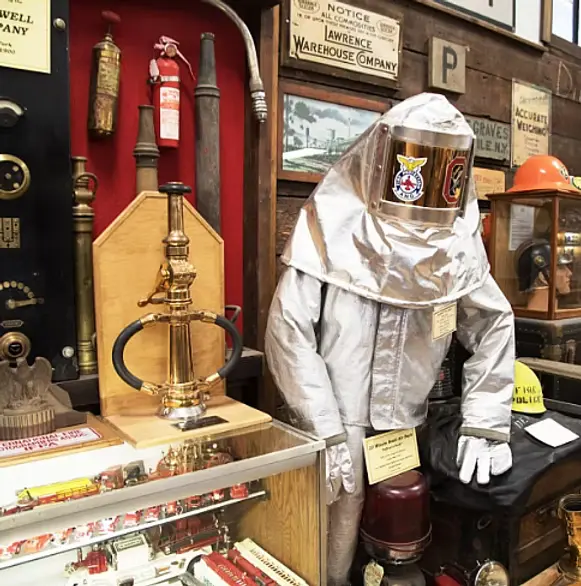

Military Collections
The museum depicts different equipment and trains on the layout and in a few showcases in the museum. Our collection contains things such Martin Phelps personal gear from his time serving in the military to an actual Civil War cannon ball hidden in one of the back showcases. Most of our other depictions are that of models and dioramas of the battlefield in the showcases surrounding the layout. On the layout itself we have a military style train that carries equipment, tanks, and vehicles; there is also a military base, located in our ‘Harbor Division’. The largest display in this collection is the naval ships built by a Pearl Harbor survivor.
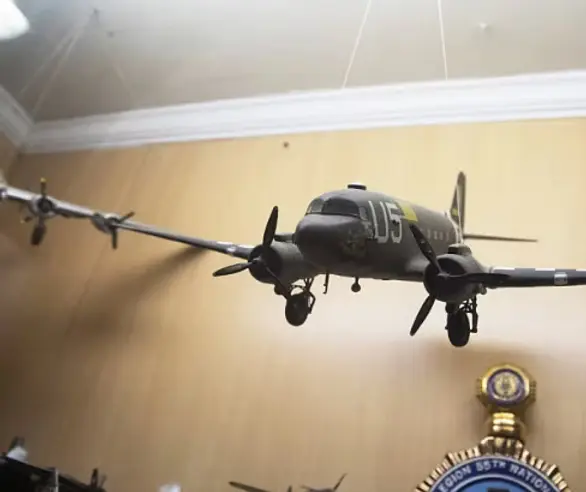
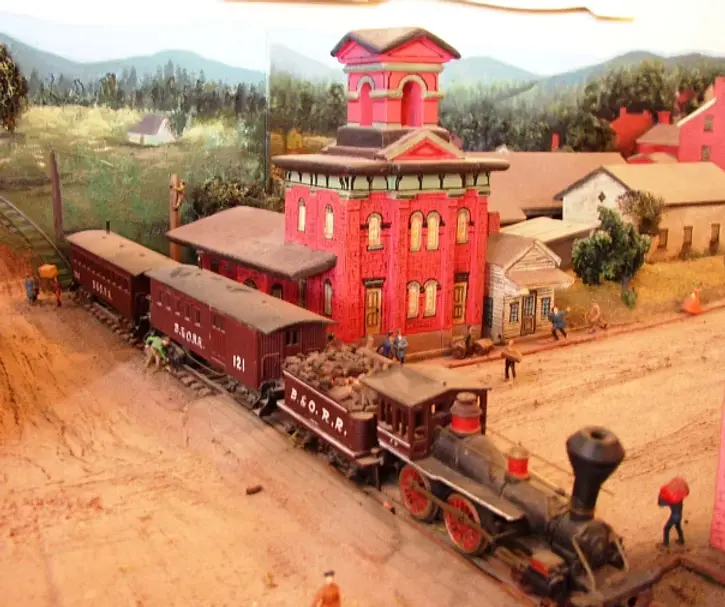
Local History
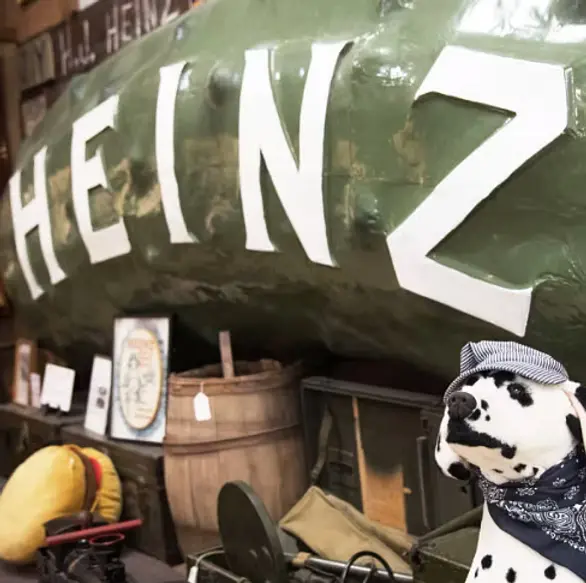
The building is the second New York Central Freight House built in this location. The building is one of the longest wooden structures built by New York Central, coming in at 301 feet long by 35 feet wide. The current freight house was completed in 1905, and ran as a passenger station and freight for three years until the current passenger station (located across West Avenue) was completed in 1908. The freight house was one of the main distribution centers for Western New York. The building became inactive in 1963, with the decline of the New York Central; it was sold to the Hickey’s Furniture Store. They ran their storage and The Village Square Furniture store here, when in 1991 they decided to retire and put it up for sale and our founder, Martin “Marty” Phelps, bought the property to begin the future of the Medina Railroad Museum.
